| Customized: | Customized |
|---|---|
| Certification: | CE |
| Scale: | Small |
| Automation: | Manually |
| Principle: | Back Pressure |
| Structure: | Horizontal |
| Customization: |
|---|
Suppliers with verified business licenses
 Audited Supplier
Audited Supplier 







Suppliers with verified business licenses
 Audited Supplier
Audited Supplier